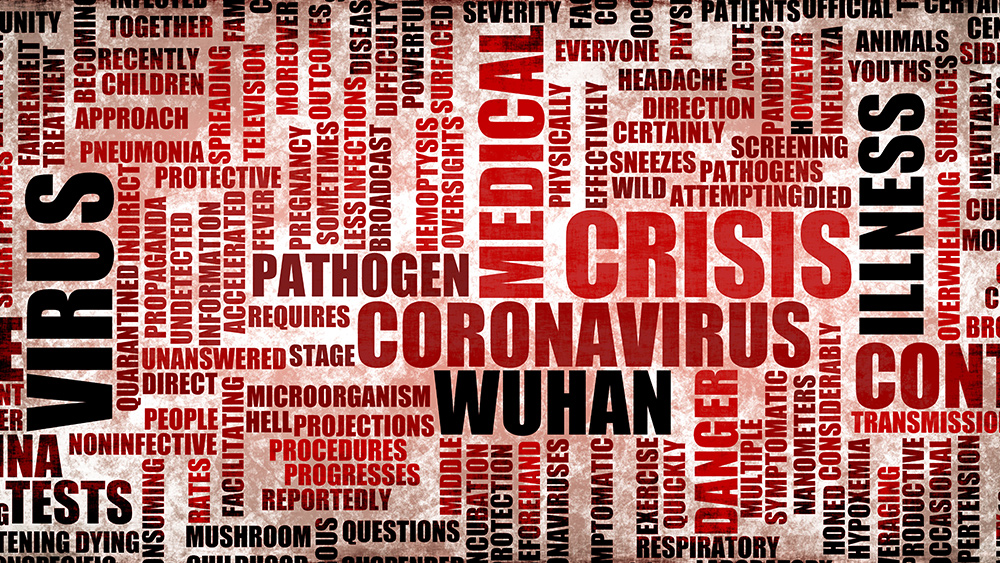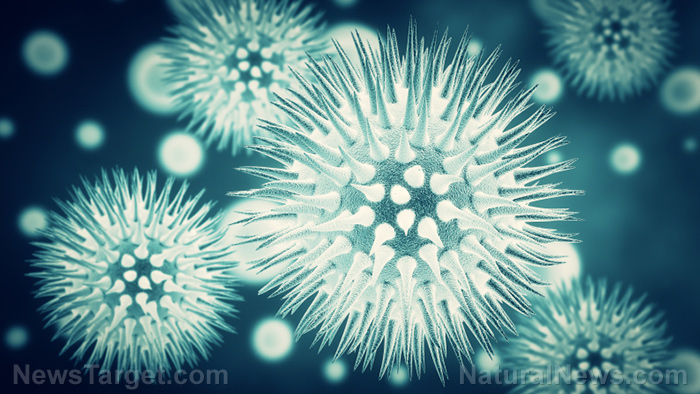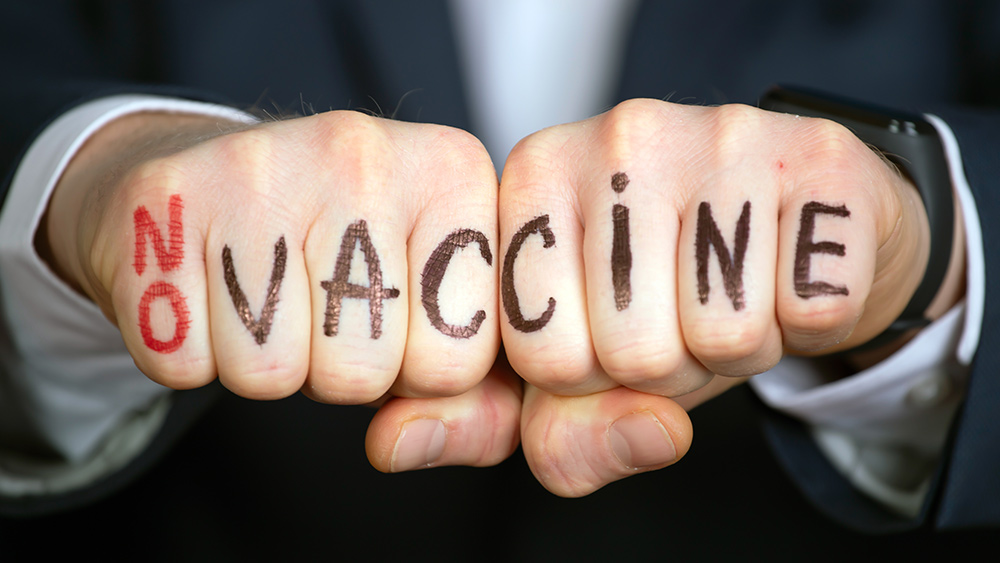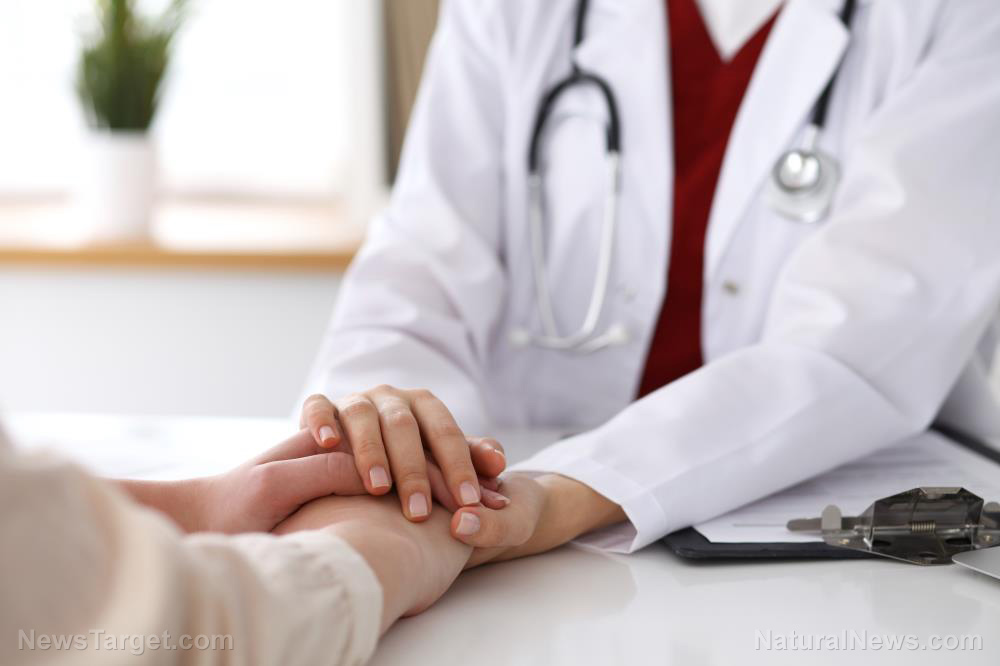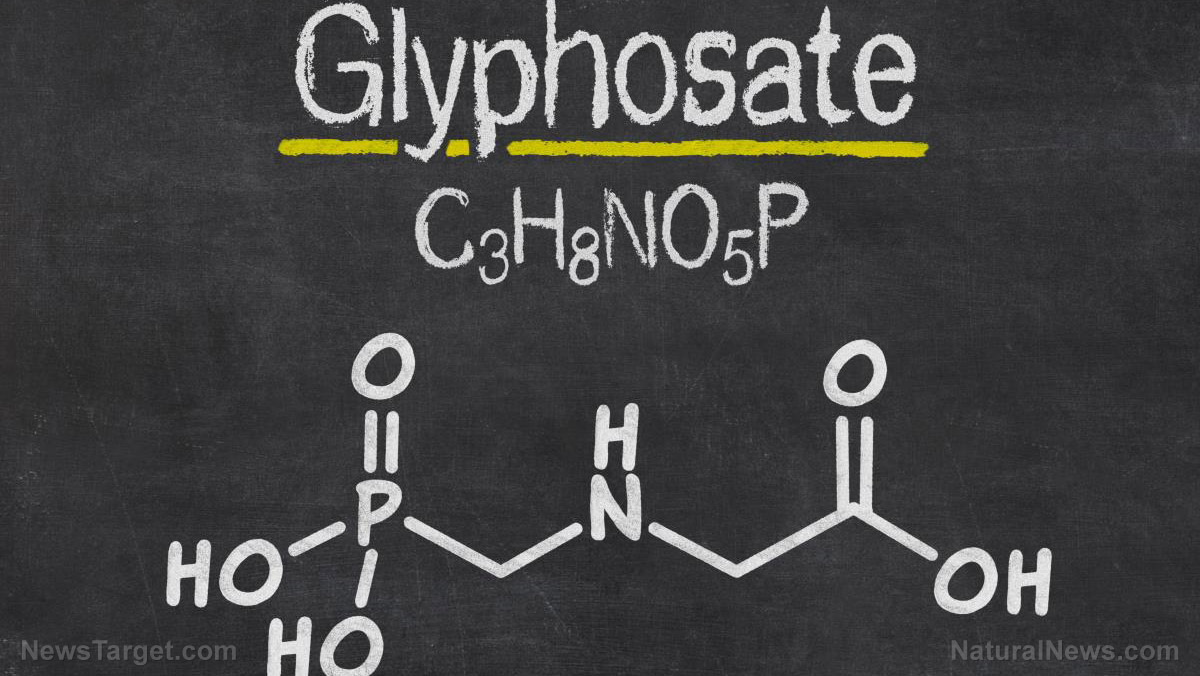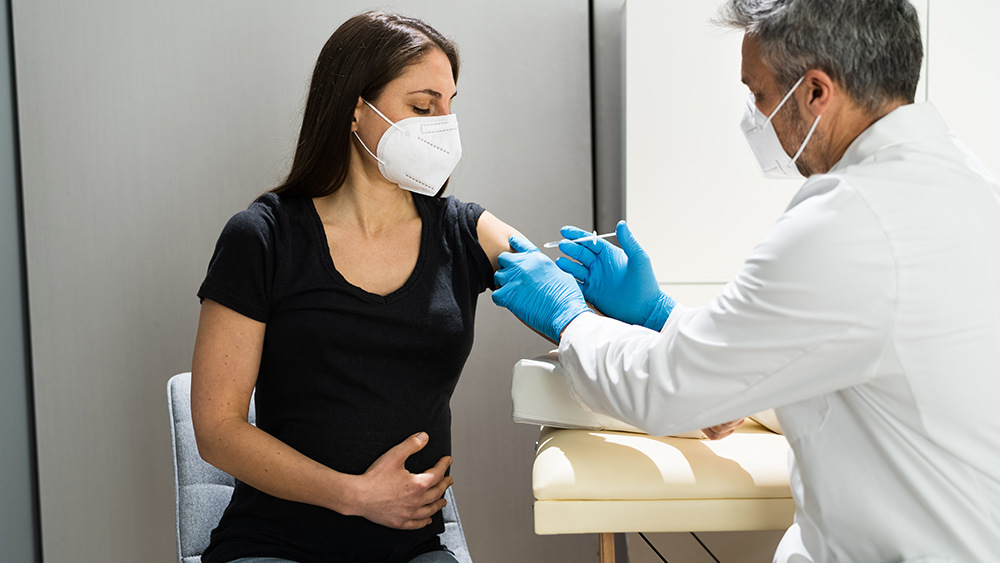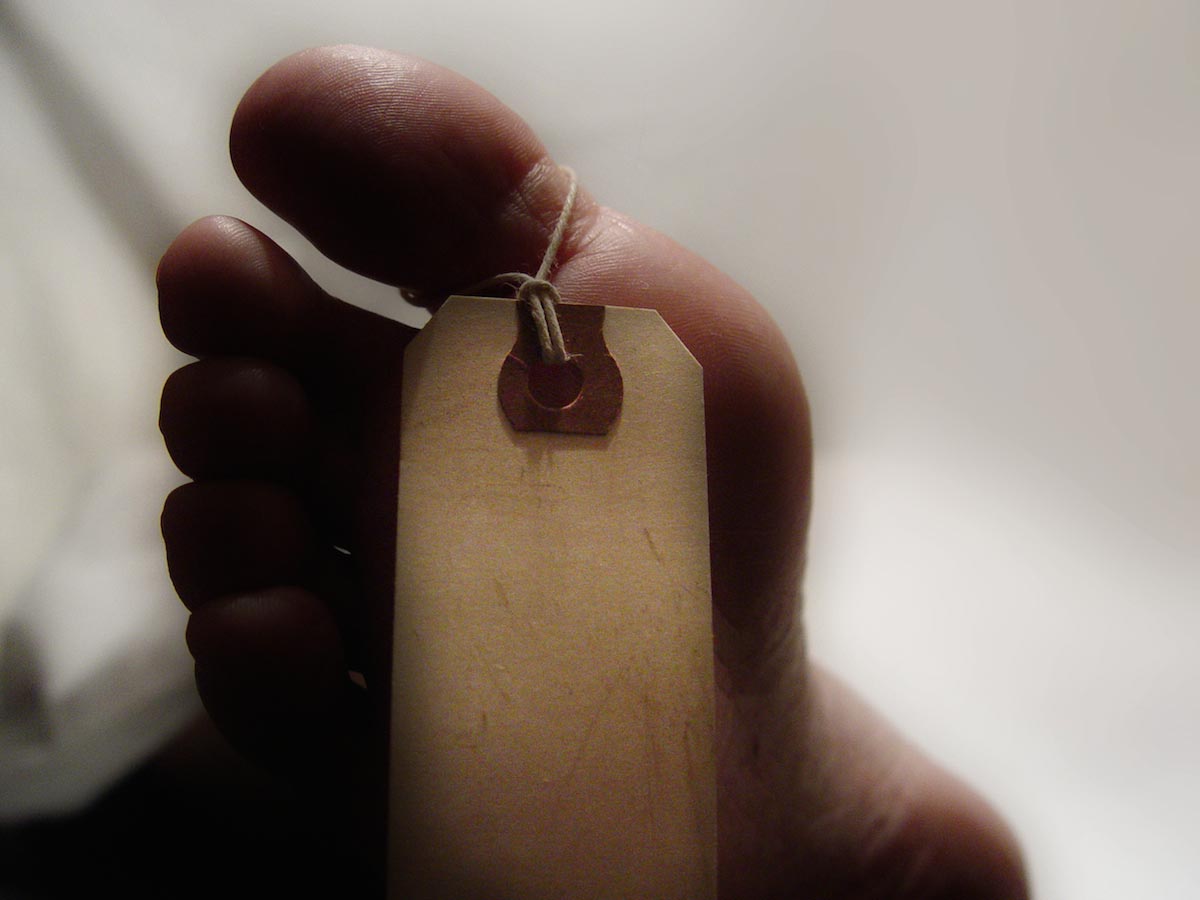CDC updates definition of “close contact” for coronavirus exposure, but nobody believes anything they say at this point anyway
11/17/2020 / By Zoey Sky

Last month, the Centers for Disease Control and Prevention (CDC) broadened the definition of “close contact” for COVID-19 — the disease caused by the novel coronavirus — after a correctional officer in Vermont who had brief close contact with infected prisoners contracted the disease. According to the officer, he was “never around the infected people for more than a minute at a time.”
Defining “close contact”
Following the update, the CDC now defines “close contact” as being within six feet of an infected patient for a cumulative total of 15 minutes or more over a 24-hour period, beginning two days before illness onset until the time the patient is isolated.
For asymptomatic patients, the period starts two days before test specimen collection. Individual exposures are added over a 24-hour period. For example, three five-minute exposures are equal to 15 minutes.
Other factors may also be considered, such as:
- How close the individuals were to each other.
- The duration of the exposure.
- If the infected patient was experiencing symptoms.
- If the infected person was doing activities that generate a lot of respiratory aerosol, such as coughing, exercising, singing or shouting.
- If the exposure happened indoors or outdoors.
- Whether the environment was crowded or adequately ventilated.
Because the general public hasn’t received training on proper selection and use of respiratory personal protective equipment (PPE) like N95 masks, close contact should be determined regardless of whether the person exposed was wearing respiratory PPE, said the CDC.

Exposures of a minute or less can still spread COVID-19
According to an article published in the journal Morbidity and Mortality Weekly Report, even very brief exposures of a minute or less could spread the disease, particularly if those exposures occur frequently, like the incident at the Vermont prison.
According to the official report, the exposure happened on July 28 after six inmates were transferred to the prison from an out-of-state facility. While none of the inmates exhibited symptoms, all of them underwent routine testing for COVID-19 upon arrival.
All six inmates received positive results the following day. Once officials were told about the positive results, they reviewed video footage to determine who had close contact with the inmates the day before.
The officials discovered that one correctional officer came within six feet (1.8 meters) of the inmates. However, this wasn’t considered a close contact since he wasn’t around the infected people for 15 consecutive minutes. (Related: CDC walks back controversial testing guidelines: If you’ve been in close contact with an infected person, you NEED to be tested.)
The officer went about his daily tasks. On Aug. 4, one week after the arrival of the infected inmates, the exposed officer began showing symptoms of COVID-19, such as cough, loss of smell and taste, runny nose, headache and shortness of breath. The following day, he tested positive for the coronavirus.
Officials at the Vermont prison reviewed the video surveillance footage from July 28 after being told about the officer’s positive test results. They found that while the correctional officer didn’t spend 15 consecutive minutes with the infected inmates, he had multiple brief encounters with them.
During his eight-hour shift, the correctional officer had 22 brief encounters of 10 to 60 seconds each with the inmates, which is equivalent to 17 minutes of cumulative exposure.
The officer wore a microfiber cloth mask, gown and goggles during all these encounters, but the inmates weren’t always wearing face masks. The report also said that the officer had no known contact with other infected individuals apart from the prisoners. In addition, he hadn’t traveled outside of Vermont in the two weeks before he was infected.
The rate of new COVID-19 infections in Vermont was also low at the time, suggesting that the officer was unlikely to catch the disease through community spread.
The report noted that “at least one of the asymptomatic [inmates] transmitted SARS-CoV-2 [the virus that causes COVID-19] during these brief encounters.” This particular case highlighted the need for contact tracing guidelines to be updated as it defines “close contact” with an infected person as being within six feet for at least 15 minutes.
“In correctional settings, frequent close encounters between inmates and facility staff members are necessary,” said the authors. They recommended that public health officials consider transmission-risk implications of cumulative exposure time within such settings.
Guidelines for coronavirus prevention
The CDC’s recent update for close contact highlights the importance of wearing face masks amid the coronavirus pandemic.
The World Health Organization (WHO) also advised that wearing a mask when you can’t physically distance helps reduce the risk of getting COVID-19. If you tested positive, wearing a mask will also prevent you from transmitting the virus to others, regardless of whether you have symptoms or not.
The WHO advises the general public to wear fabric masks, while medical masks are recommended for certain groups, such as those aged 60 and above or those with underlying health conditions, because they’re more likely to become seriously ill when infected by the coronavirus.
Aside from wearing masks, the WHO recommends other preventive practices, such as:
- Avoiding crowded, closed and close-contact areas
- Physical distancing
- Improving ventilation
- Washing your hands with soap and water or hand sanitizer
- Covering your mouth when sneezing or coughing
For more tips on how to prevent the spread of the coronavirus, visit Pandemic.news.
Sources include:
Submit a correction >>
Tagged Under:
CDC, Centers for Disease Control and Prevention, close contact, contact tracing guidelines, coronavirus, covid-19, infectious disease, outbreak, pandemic, SARS-CoV-2, superbugs, viral infection, virus, virus transmission, Wuhan coronavirus
This article may contain statements that reflect the opinion of the author




